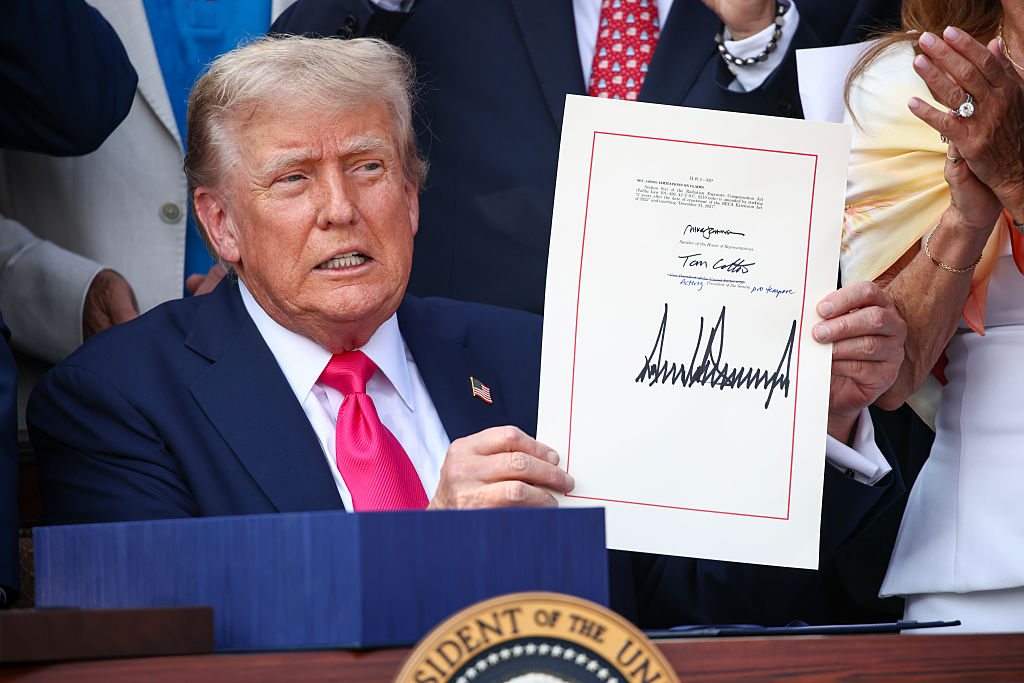The world’s greatest investors: Mark Slater
Mark Slater helped edit his father Jim Slater's book, The Zulu Principle, before setting up his own fund.


Mark was born in 1969, the son of noted investor Jim. After graduating from Cambridge he briefly worked for Socit Gnrale before becoming a financial journalist and editing his father's book, The Zulu Principle.
Two years later he would found Slater Investments with Ralph Baber, which manages client accounts and pooled funds. He currently manages three funds: Slater Recovery (since 2003), Slater Growth (2005) and Slater Income (2011). Between 1999 and 2014 he also ran the MFM Bowland fund.
What is his strategy?
Slater buys growth stocks that he thinks are underpriced. He follows a three-stage process that first looks for companies with above average growth rates and then eliminates any that he thinks are too expensive rarely going beyond a p/e of 20.
Subscribe to MoneyWeek
Subscribe to MoneyWeek today and get your first six magazine issues absolutely FREE

Sign up to Money Morning
Don't miss the latest investment and personal finances news, market analysis, plus money-saving tips with our free twice-daily newsletter
Don't miss the latest investment and personal finances news, market analysis, plus money-saving tips with our free twice-daily newsletter
Finally, he checks to see whether the growth rates are likely to continue in the medium term. Like his father, he is a big fan of the PEG ratio (price/earnings divided by the growth rate). His portfolios tend to be relatively concentrated as companies that meet all three criteria are rare.
Did this work?
All Slater's four main funds have been successful. His Bowland fund returned 6.7% between 1999-2014, compared with 4.5% for the FTSE. Similarly, both his Income and Recovery funds have beaten the market by around 2% a year.
However, the MFM Growth Fund has turned in the most spectacular performance: it has returned 397.2% since June 2005, compared with 135.4% for the FTSE. This works out to an average annual return of 14.1% nearly double the FTSE's return of 7.3% a year.
What were his biggest successes?
In March 2009, Slater bought into energy company Cape because he felt that it was undervalued, trading at less than half its annual earnings due to fears it would go bankrupt. He then increased the fund's holding, at one point owning 9% of the company.
After the price rocketed from 17p to 570p, he began selling his holdings, making 25 times his overall investment. Another big winner has been Domino's Pizza Group, which made him more than 2,000% in ten years.
What lessons are there for investors?
Growth investing isn't complicated just find fast-growing firms that aren't too expensive. However, as only 5%-10% of companies meet both criteria, you have to do a lot of searching to find them. Once you find such great firms, hold onto them. Slater's average holding period tends to be around five years.
Get the latest financial news, insights and expert analysis from our award-winning MoneyWeek team, to help you understand what really matters when it comes to your finances.

Matthew graduated from the University of Durham in 2004; he then gained an MSc, followed by a PhD at the London School of Economics.
He has previously written for a wide range of publications, including the Guardian and the Economist, and also helped to run a newsletter on terrorism. He has spent time at Lehman Brothers, Citigroup and the consultancy Lombard Street Research.
Matthew is the author of Superinvestors: Lessons from the greatest investors in history, published by Harriman House, which has been translated into several languages. His second book, Investing Explained: The Accessible Guide to Building an Investment Portfolio, is published by Kogan Page.
As senior writer, he writes the shares and politics & economics pages, as well as weekly Blowing It and Great Frauds in History columns He also writes a fortnightly reviews page and trading tips, as well as regular cover stories and multi-page investment focus features.
Follow Matthew on Twitter: @DrMatthewPartri
-
 Revolut launches its first stocks and shares ISA with BlackRock and Vanguard ETFs
Revolut launches its first stocks and shares ISA with BlackRock and Vanguard ETFsA year after getting its UK banking licence, Revolut is now launching its first stocks and shares ISA with a suite of exchange-traded funds (ETFs) from BlackRock and Vanguard.
-
 What does Trump’s ‘Big Beautiful Bill’ mean for the US economy?
What does Trump’s ‘Big Beautiful Bill’ mean for the US economy?Donald Trump’s budget bill will slash taxes, but is expected to add at least $3 trillion to US national debt